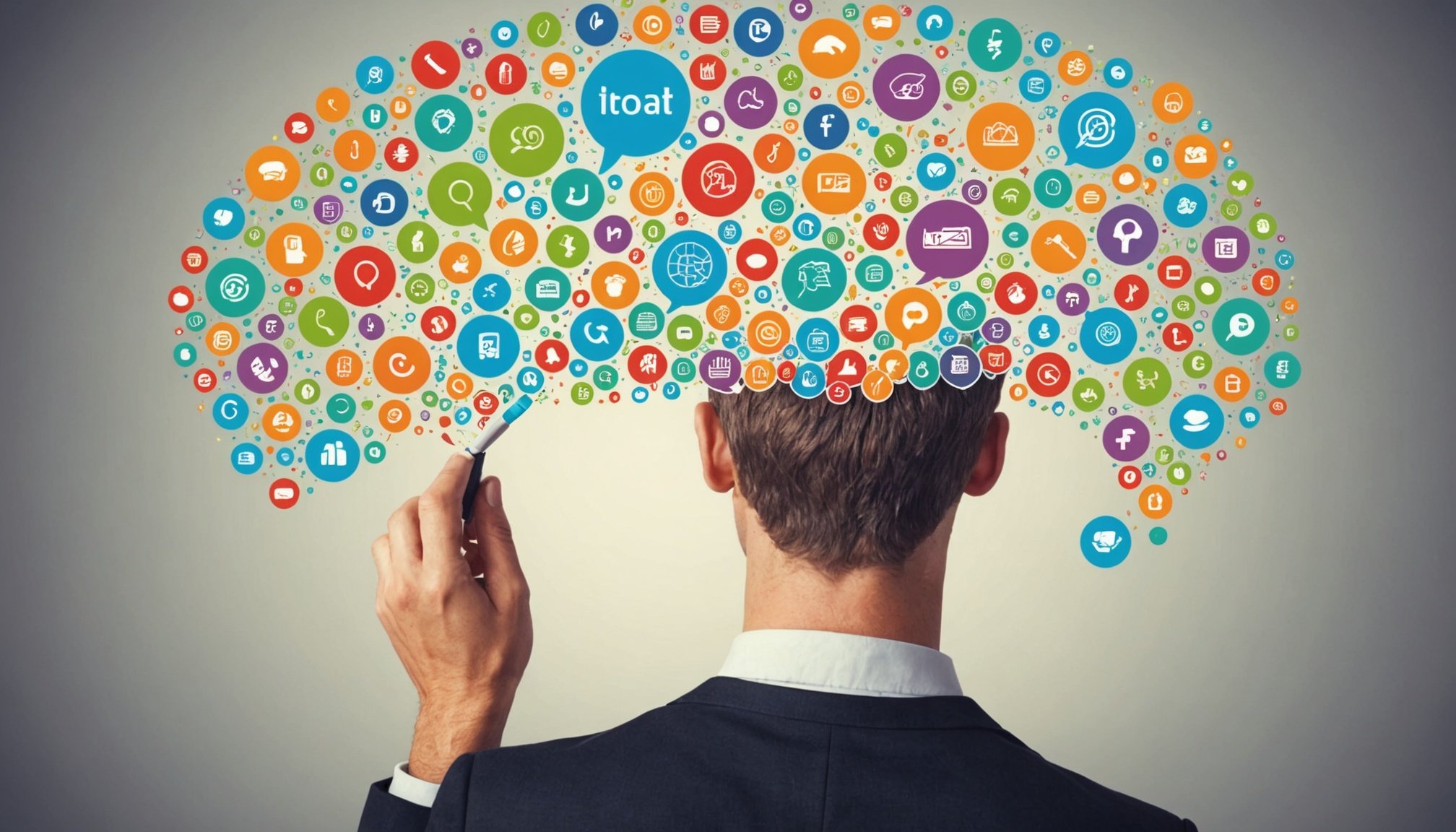Cognitive Benefits of Learning a New Language
The cognitive perks of learning a new language extend well beyond just being bilingual. Neurological studies highlight significant brain enhancement in adults who undertake language learning. These benefits include improved memory retention, sharper cognitive agility, and increased neuroplasticity.
Evidence from various studies demonstrates that adults engaging in language acquisition can experience positive changes in brain function. These enhancements contribute to overall cognitive improvements, such as advanced problem-solving skills and heightened attention. In fact, learning a new language has been linked to delaying the onset of age-related cognitive decline, making it a valuable endeavor for maintaining brain health over time.
In parallel : Revitalizing Rural Health: How Community Radio Stations Educate and Empower Local Populations
Additionally, long-term bilingualism offers a wealth of advantages. Adults fluent in more than one language often exhibit superior capabilities in focusing, multitasking, and adapting to new information. Such benefits underscore the significant impact of language learning on cognitive processes, highlighting its importance in lifelong learning and brain development. By investing in language acquisition, individuals can enjoy a richer mental life and improved cognitive abilities.
Neurological Studies and Findings
Understanding how neuroplasticity plays a pivotal role in language learning provides insights into the profound changes the brain undergoes when acquiring a new language. Neuroplasticity, the ability of the brain to reorganize itself by forming new neural connections, is enhanced through language studies. This adaptability fosters improved brain function and supports cognitive agility, making adult learning both rewarding and impactful.
In the same genre : Discover Tranquil Sleep: Elevate Your Nightly Rest with Yoga Nidra
Understanding Neuroplasticity
Neuroplasticity is the brain’s remarkable ability to adapt and change throughout an individual’s life. When adults embark on language acquisition, this flexibility becomes particularly evident. By consistently practicing a new language, adults can enhance brain circuits, which facilitates the learning process and boosts cognitive functions.
Key Studies on Language Learning
Renowned studies indicate that adults learning languages show increased volumes of grey matter and more robust white matter pathways. These modifications are linked to superior memory retention and shifts in brain structure. Such research implies that adult learners can experience substantial neurological benefits, enhancing overall cognitive capacity.
Implications for Adult Learners
For adults, these studies signify hope in maintaining or even improving cognitive health. Language learning not only stimulates brain function but also provides a protective shield against cognitive decline with age. Thus, engaging in language studies bears crucial implications for an aging population, highlighting its value for lifelong learning.
Practical Tips for Adult Language Learners
Embarking on a new language journey can be both exciting and challenging. To optimise language learning strategies, it’s crucial to incorporate effective methods that align with your lifestyle.
One practical approach is to integrate language practice into your daily routine. This can be achieved by dedicating consistent short sessions each day—be it during your morning coffee or evening commute. Such consistency helps cement adult education progress. Setting realistic goals is also vital. Begin with achievable targets, like mastering basic phrases, which keeps motivation high as you celebrate small victories.
Utilising technology and online resources can significantly enhance your learning experience. Applications like Duolingo or Rosetta Stone offer interactive platforms for immersive practice. Join online forums or social media groups for conversational practice with native speakers, which encourages real-world application of your skills.
Finally, remember to make language learning enjoyable. Choose content that interests you, such as podcasts or films in the target language. This ensures that the process remains engaging, making you more likely to stick with it. With perseverance and the right methods, you can master a new language effectively.
Comparing Cognitive Skills: Bilingual vs Monolingual
Embarking on the realm of languages, bilingual individuals often showcase enhanced cognitive skills compared to their monolingual counterparts. This distinction manifests in several key areas, contributing profoundly to overall mental prowess.
Problem-Solving and Critical Thinking
Bilinguals typically employ multifaceted approaches to problem-solving, harnessing their ability to think in more than one language. This cognitive flexibility equips them to navigate complex challenges more effectively, reaping the benefits of diverse linguistic frameworks. Moreover, their capacity for critical thinking often surpasses monolinguals, resulting from constant practice in juggling two languages.
Memory and Retention Skills
Memory retention capabilities also excel in bilingual individuals. Continuous engagement with multiple languages keeps their memory systems active and sharp. This ongoing stimulation fosters improved memory retention, which not only aids in language proficiency but also strengthens their ability to recall information swiftly across various domains.
Cultural Awareness and Sensitivity
Further extending beyond cognition, bilingualism enriches one’s cultural sensibilities. Exposure to different languages intrinsically fosters cultural awareness, promoting empathy and effective communication across diverse societal contexts. This depth of understanding enhances interpersonal interactions, enabling bilingual individuals to bridge cultural divides seamlessly.
Personal Anecdotes and Testimonials
Hearing from adult learners of new languages can provide valuable insights into the language learning experiences. Many share transformational stories that highlight both challenges and triumphs during the process. One common sentiment emphasizes motivation as a crucial factor. Many have found that initial enthusiasm wanes as they encounter difficulties like complex grammar rules or unfamiliar pronunciation. To combat this, they diversify learning methods, switching between apps, watching films, and engaging in conversation practice.
Consider Emily, who learned Spanish later in life. She credits her perseverance to setting small milestones and celebrating each accomplishment. Through consistent effort, she experienced improved cognitive agility and professional advancement, aligning her with roles she previously deemed inaccessible. This echoes many motivational insights from others who narrate their personal growth parallels with language proficiency.
Notably, many participants report enhanced confidence and cross-cultural communication skills gained through language learning. Overcoming initial hurdles has equipped them with strategies to address future challenges confidently. These adult learner stories showcase language learning not only as an academic endeavor but as a journey that enriches personal and professional life, providing anecdotal evidence of its profound impacts.
Visual Enhancements: Infographics and Data
Visual aids serve as powerful tools in illustrating the profound cognitive growth resulting from learning a new language. Infographics can visually convey complex data, making it easier to comprehend and retain information about the brain benefits of language acquisition.
Infographics on Brain Benefits
Visuals showcasing the neurological advantages of language learning can effectively highlight changes in brain structure. Infographics often depict increases in grey and white matter associated with ongoing language study, providing a clear visual representation of these changes. Such visualizations make abstract concepts more tangible and easier to grasp.
Charts Comparing Language Learning Success Rates
Comparative charts are particularly useful in showcasing the success rates of various language learning strategies. By breaking down effective methods and their outcomes, these charts help adult learners pinpoint strategies that align with their goals and lifestyles, thus setting realistic expectations.
Visuals Illustrating Language Acquisition Process
Engaging visuals depicting the journey of language acquisition can enhance understanding and motivation. Flowcharts or diagrams illustrating the language learning process reinforce key concepts, such as the transition from beginner to advanced levels, and the ongoing benefits gained at each stage. Such visual prompts encourage persistence and celebrate progress.




